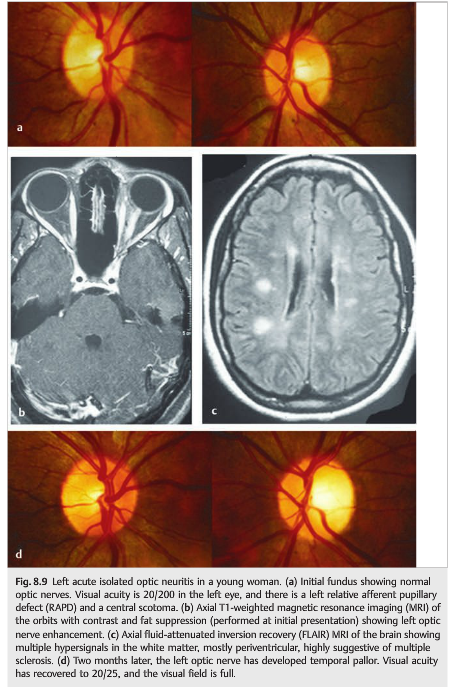Questions:
1. What is the typical visual field defect in nonarteritic PION?
2. Is disc swelling usually seen with nonarteritic PION?
3. What does PION not associated with surgery in patients older than age 50 generally indicate?
4. What should be ruled-out in non-operative PION in patients under 50?
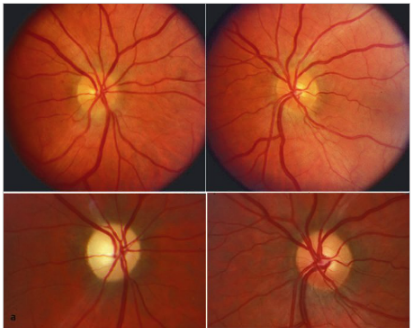 1
1
 1
1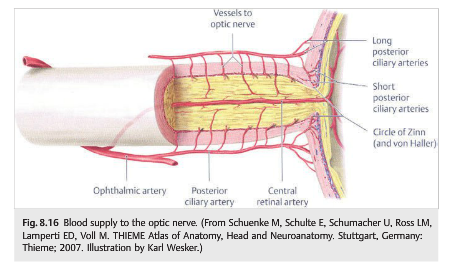
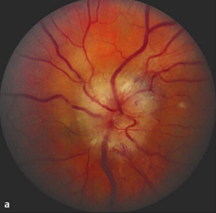
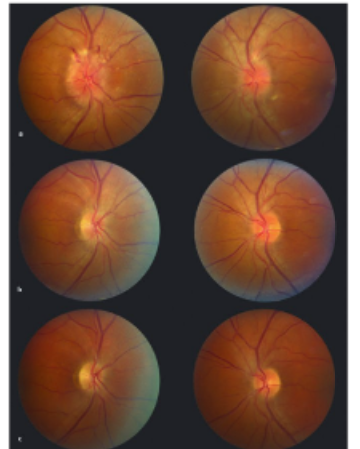 1
1 1
1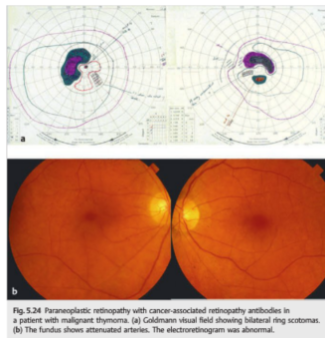 2
2 3
3